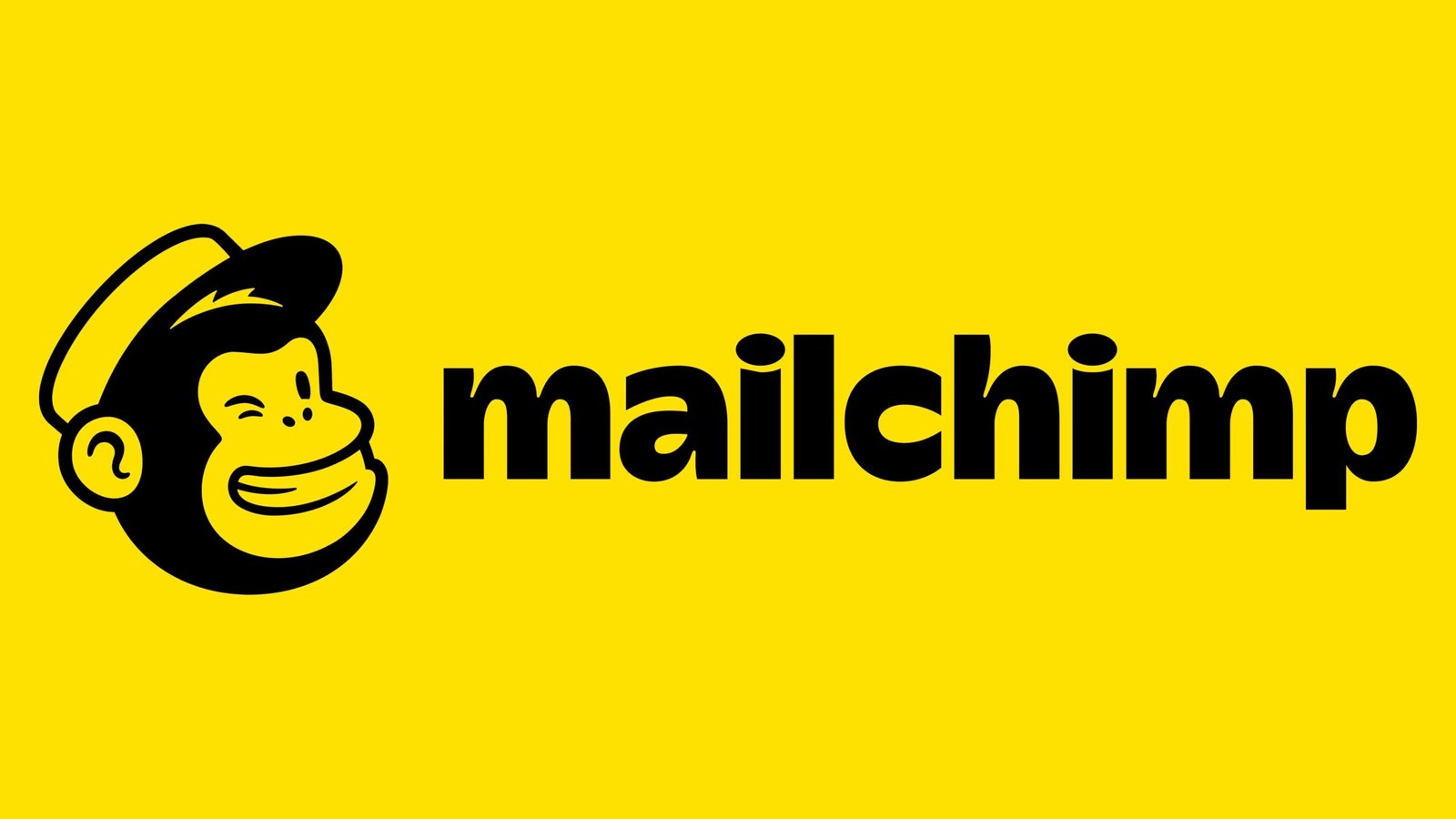Open-source robotics middleware for robot development.
Robot Operating System (ROS) is an open-source framework designed to facilitate the development of robotics applications. Initially developed in 2007 by Willow Garage and Stanford Artificial Intelligence Laboratory, ROS provides a collection of software libraries, tools, and conventions to help developers create robot software more efficiently. ROS offers essential features like hardware abstraction, low-level device control, implementation of commonly-used functionality, inter-process communication, and package management. It is widely used in both academic research and industrial robotics due to its modularity, flexibility, and strong community support.
Key Features:
- Modular Architecture: ROS provides a flexible and modular architecture that allows developers to create and integrate various software components (nodes) for different functionalities, such as perception, control, and navigation.
- Message Passing System: Features a robust, publish-subscribe message-passing system that allows different parts of a robot system to communicate with each other, facilitating data exchange between sensors, actuators, and other components.
- Rich Set of Tools and Libraries: Offers a wide range of tools and libraries for tasks such as visualization (RViz), simulation (Gazebo), data recording and playback (rosbag), and debugging, enhancing the development workflow.
- Hardware Abstraction Layer: Provides a hardware abstraction layer that standardizes communication between software and hardware, enabling developers to write device-independent code.
- Strong Community Support: Supported by an active community of researchers, developers, and companies, contributing to a growing ecosystem of software packages and modules.
- Simulation and Visualization: Integrates well with simulation tools like Gazebo, allowing developers to test algorithms and software in a virtual environment before deploying them to a real robot.
- Multi-Language Support: Primarily written in C++ and Python, but supports integration with other programming languages, offering flexibility in development.
- Package Management: Comes with a package management system that makes it easy to install, share, and distribute software, promoting reuse and collaboration among the robotics community.
Benefits:
- Accelerates Development: Provides ready-to-use libraries, tools, and drivers, allowing developers to focus on building unique robotic applications instead of reinventing the wheel.
- Promotes Reusability: Encourages reusability and sharing of code, which reduces duplication of effort and fosters collaboration across the robotics community.
- Facilitates Prototyping and Testing: Enables rapid prototyping and testing of robotics applications through simulation tools and a modular architecture.
- Cross-Platform Compatibility: Runs on multiple operating systems, including Linux (primarily Ubuntu), macOS, and Windows, providing flexibility in choosing the development environment.
- Supports Complex Robotic Systems: Suitable for building complex robotic systems due to its ability to manage multiple nodes, handle various data streams, and integrate with numerous sensors and actuators.
Strong Suit: ROS’s strongest suit is its ability to provide a flexible, modular, and open-source framework for developing a wide range of robotic applications, from research and prototyping to commercial deployments.
Pricing:
- Free: ROS is open-source and free to use under the BSD License, making it accessible to both academic and commercial users.
Considerations:
- Steep Learning Curve: ROS has a learning curve, especially for beginners or developers unfamiliar with its concepts (e.g., nodes, topics, services, messages) and configuration.
- Primarily Linux-Based: ROS is primarily developed for Linux, particularly Ubuntu, which may require Windows or macOS users to set up a Linux environment or use workarounds.
- Fragmented Documentation: Due to its open-source nature and the rapid pace of development, documentation can sometimes be fragmented or outdated, requiring community support or experimentation.
Git hosting service with version control features.
Git-based source code repository hosting service.
Fully managed source control service for Git repositories.
Summary: Robot Operating System (ROS) is a powerful, open-source framework for robotics development that offers a wide range of tools, libraries, and community support for building complex robotic applications. With its modular architecture, hardware abstraction, and cross-platform compatibility, ROS accelerates development, promotes code reuse, and facilitates collaboration among robotics researchers and developers. While it has a steep learning curve and is primarily Linux-based, its comprehensive feature set and free availability make it an essential tool in the robotics ecosystem.














